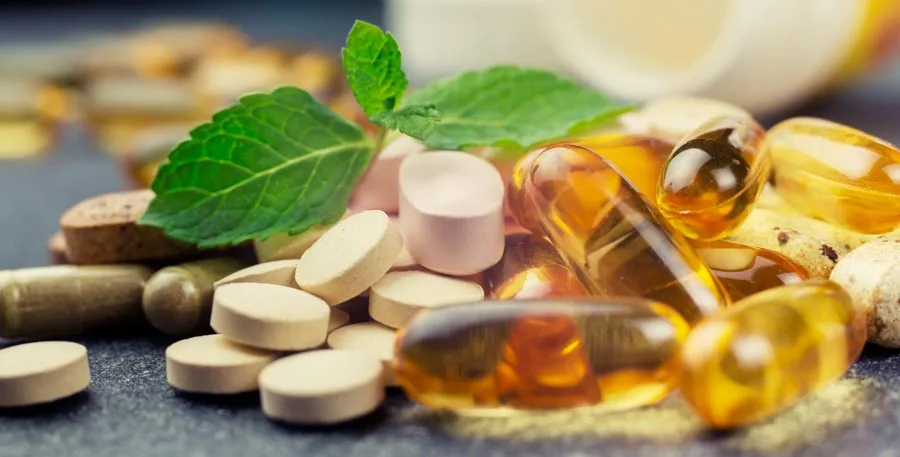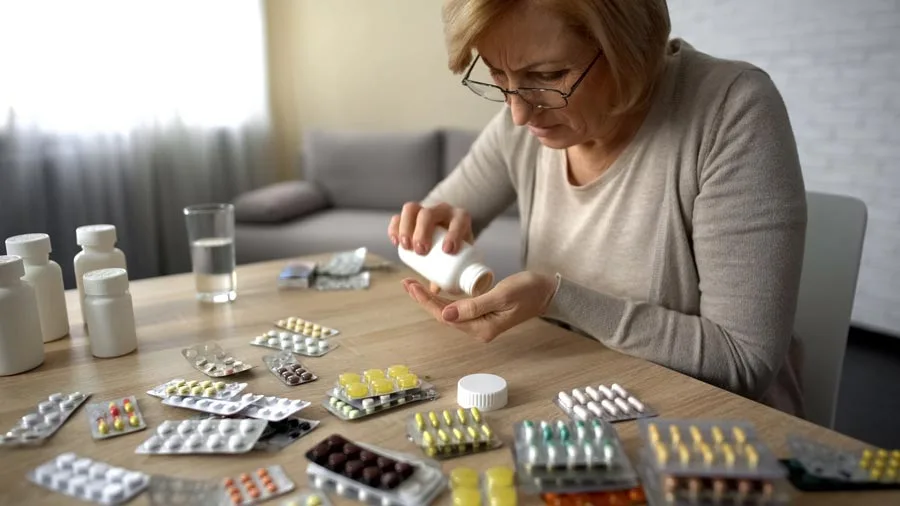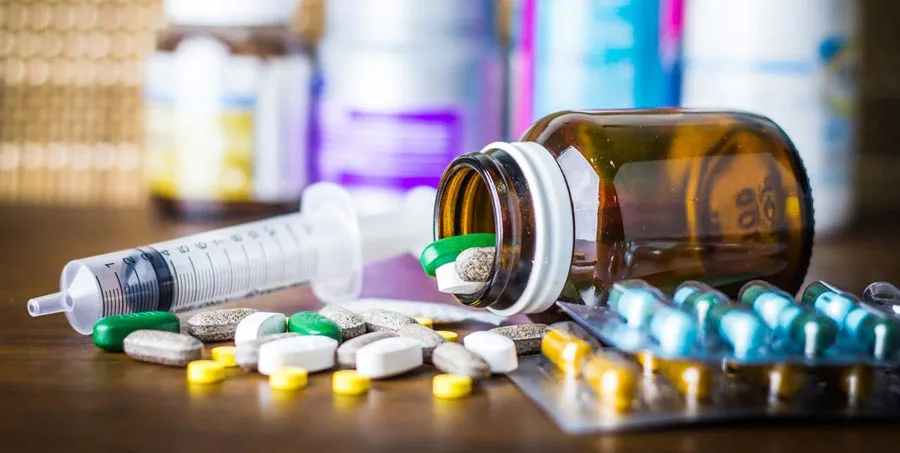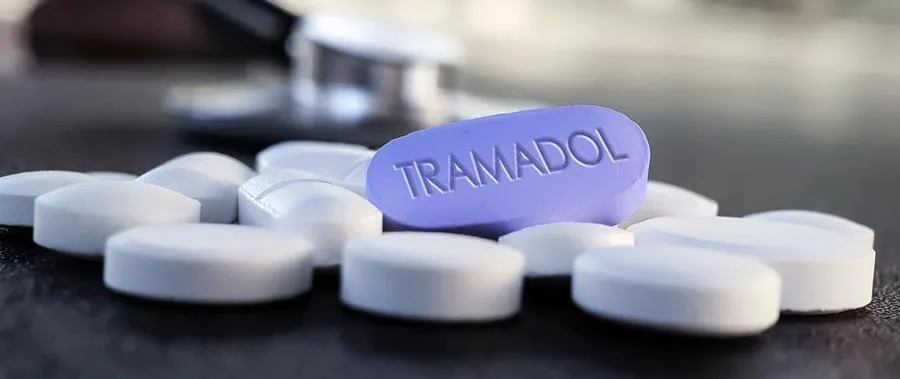Even though our country extends options for insurance to every man, woman, and child who resides here, thousands of people struggle daily to figure out how they’ll pay for rehab. Many of them either haven’t taken the time to sign up for insurance or lack the resources or know-how to make it happen.
These things happen, especially when you have a substance abuse habit that remains your number one priority. The sad part is the fact that most of these people are a phone call away from earning the opportunity to receive coverage for rehab, and most of them are completely unaware.
The following article provides information regarding the actual rehab cost, with different financing options. Hopefully, by the conclusion, you’ll be armed with more resources to help yourself or someone else entering treatment.
How Much Does Rehab Cost?
Even though drug and alcohol addiction treatment costs vary by program, inpatient rehab facilities will likely cost between $30,000 and $50,000 for a 30-day program, and outpatient rehab facilities will cost from $250 to $500 per session. Medically assisted detox ranges anywhere from $700 to $1,200 or more per day.
Most addiction treatment centers offer basic rooms. These accommodations often have a comfortable bed, a bathroom, and space for personal items. The cost of a non-shared room may be a bit higher. Swimming pools and on-site gyms are found in some locations, and certain facilities might even allow visits from children or the admittance of pets.
Even if you have insurance, your provider may not cover the specific rehab you’re looking to attend. They might only pay a portion, or they could possibly not over any of your stays, depending on the type of insurance you have. Certain providers require anywhere you attend to be within their network of physicians and practitioners.
In these cases, you’ll be required to come up with a significant amount out of pocket. In the section below, we’ll discuss ways to get the funds together to cover the cost of rehab.
How to Pay for Rehab: Making It Work
When you’re scrambling to find a source for funding, things can get pretty stressful. Getting into treatment for substance abuse disorder as quickly as possible is critical for avoiding any further risk or damage done to the mind and body.
Depending on your resources and how hard you’re able to work, multiple options exist for getting the funds together. We’ll look at a few different options you have for accomplishing this goal.
Paying with Private Insurance Policies

Paying with private insurance companies can be an option, depending on if you have access to enroll. This option is one of the most difficult if you’re winging it or don’t have anyone to assist you, but it’s still possible to make it happen.
If you’re working, you could ask your employer if they offer a private insurance program for employees. Alternatively, assuming you have a source of income, you can always sign up for private insurance on your own.
However, many providers require that you’re a member for a certain amount of time before they cover any significant type of treatment or procedure. Contacting a private insurance company that deals specifically with substance abuse treatment is always possible.
These providers typically only provide coverage for clients seeking substance abuse or behavioral health treatment. Generally, these organizations make it a point to secure insurance for their clients because of the urgent need to receive coverage for substance abuse treatment.
One final option regarding private insurance companies is to inquire about your parents’ or a family member’s insurance policy. Their provider may offer coverage if your family member/spouse/parent lists you as a dependent.
General Insurance for Rehab Guidelines
Your best bet for receiving coverage for treatment most likely lies in signing up for some form of Medicaid or using a provider from the ACA marketplace.
The Affordable Cares Act, signed into legislation during President Barack Obama’s term, allows every American to purchase affordable insurance through the ACA marketplace. The costs are broken down based on your income – so regardless of your financial status, there’s a plan to accommodate everybody.
Medicaid is available for individuals who have little to no source of income. Regardless of your situation, some type of insurance is available to relieve you of the monetary stress of paying for rehab.
With these plans in place, one of the only reasons you should have to cover a significant amount out of pocket is if you have the goal of attending a treatment program your insurance won’t cover. If you purchase a plan through the ACA market or have Medicaid, this would typically be an issue. Sometimes these insurance programs don’t cover services at a high cost, mainly if lower-priced alternatives exist.
Can I Use the ACA Marketplace for Rehab?
The ACA marketplace is a great place to obtain insurance for rehab. After the Affordable Cares Act was signed into legislation, President Obama required any insurance policy purchased through the ACA marketplace to provide alcohol and substance abuse treatment for its clients.
If you’ve exhausted all other private insurance options, relying on a provider through the ACA marketplace could be your best bet. There’s no guarantee regarding the specific provider you’ll receive, but you are guaranteed to obtain insurance coverage for rehab.

Are Medicare and Medicaid Used for Rehab?
As alternatives to the ACA marketplace, Medicaid and Medicare provide rehab options for customers. Medicaid even backdates their coverage, so if you paid out of pocket for anything in the months before signing up, they would potentially reimburse you for the costs.
Medicare can be a bit more complicated, as multiple types of insurance cover different things. If you’re familiar with Medicare, you’ve probably heard of terms like “Medicare Part A” or “Medicare Part B.” These different “parts” provide different levels of coverage, which can get confusing at times.
However, Medicare agents can help you obtain the specific coverage you’re looking for. These agents act as brokers between clients and different Medicare insurance providers and assist with enrollment to ensure the process is done correctly.
Cash Pay and Private Pay for Rehab Costs
Cash pay and private pay for rehab costs are potential options. However, this is probably one of the most challenging routes for obtaining coverage.
If you do have to go this route, it might be in your best interests to participate in outpatient services until you receive coverage. Outpatient rehab services are usually much lower in price than inpatient residencies, and most of the time, you can pay for single sessions during treatment.
This helps to avoid paying a significant portion upfront in the case of inpatient treatment. Generally, most organizations require the entire residency is covered pretreatment. However, some facilities do allow you to set up payment plans. You would need to contact someone from the rehab’s financial and billing department to inquire about setting up payment arrangements.
In addition to the options listed above, specific charities, non-profits, and local government offices provide grants and other assistance to cover the cost of substance abuse treatment.
How to Pay for Rehab: Sources of Help
Researching sources of help in your area will potentially offer alternative financial assistance options. Grants from charitable organizations sometimes provide a hand covering all or a portion of rehab.
Contacting offices at your local city hall or county administrator’s building could uncover promising alternatives. Because of the opioid epidemic, many cities and counties provide some assistance programs for residents who need treatment. In addition, accessible rehab facilities exist for community members who cannot obtain funding sources for costlier forms of treatment.
Finding Affordable Rehab Made Easy
If you’ve researched all the options listed above and found little to no relief, certain substance abuse treatment programs have some affordable care programs for clients in distress. Best Rehabs In Arizona Recovery works with thousands of clients yearly, and not all are in the best financial situation.
Because of a wide range of options for treatment, rehabs like Best Rehabs In Arizona can provide an assortment of options to fit almost any budget. Some even offer payment plans similar to the ones we mentioned earlier in the article.
A Foundation for Sobriety You Can Afford
Anyone suffering from substance abuse challenges should have access to some form of treatment. Arriving at the point of understanding you need help is a big step and capitalizing on this realization in the shortest amount of time possible is critical.
Contact a member of the Best Rehabs In Arizonas staff today to learn more about our program s and the types of financing options we have for covering the cost of treatment.


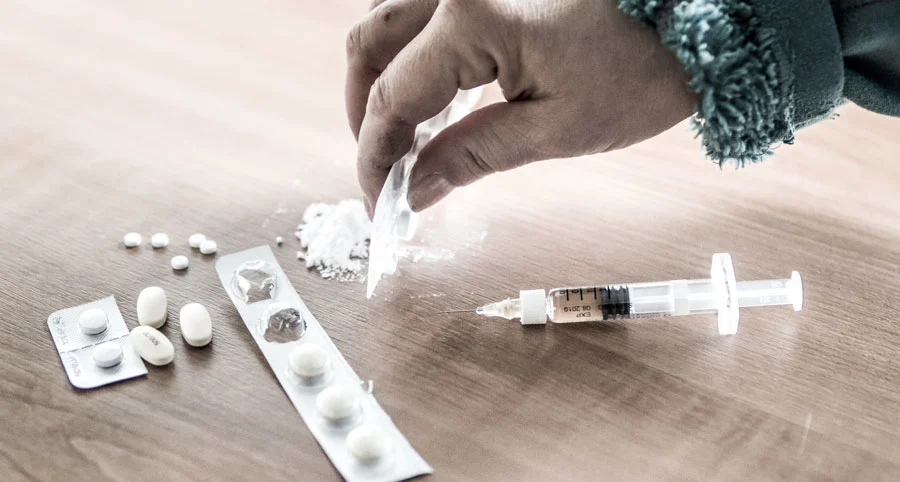
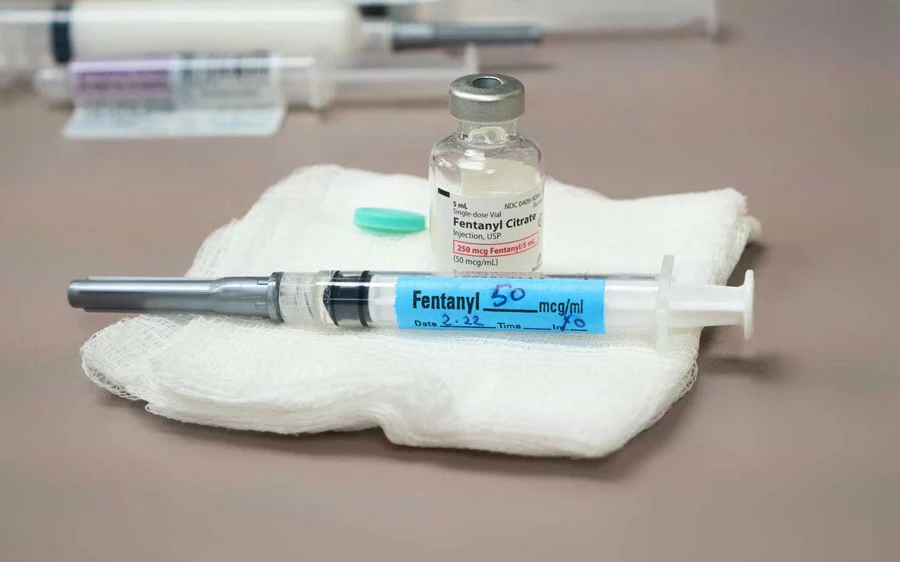
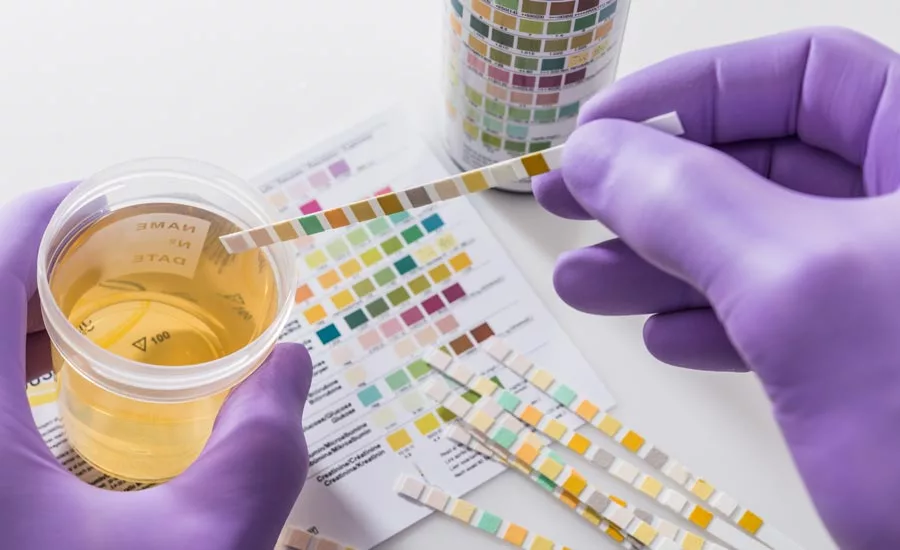

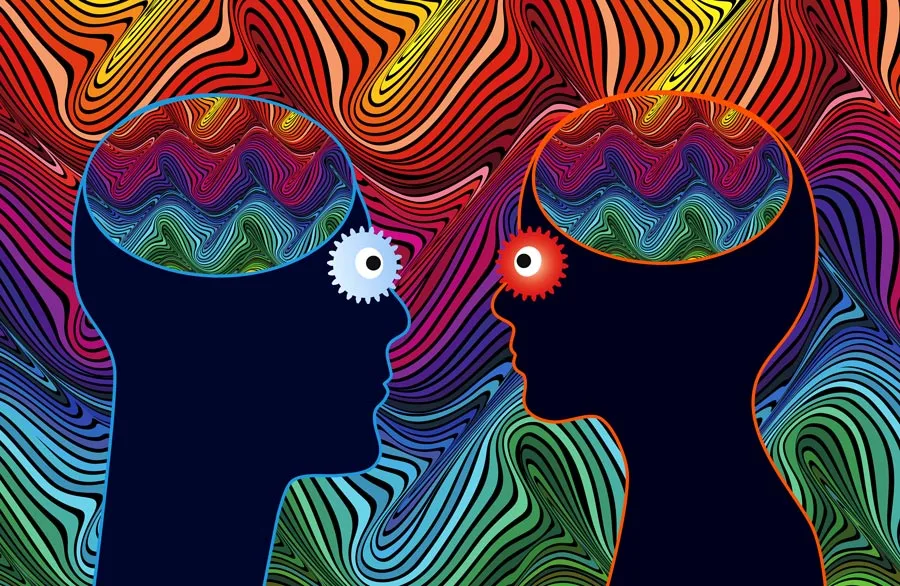











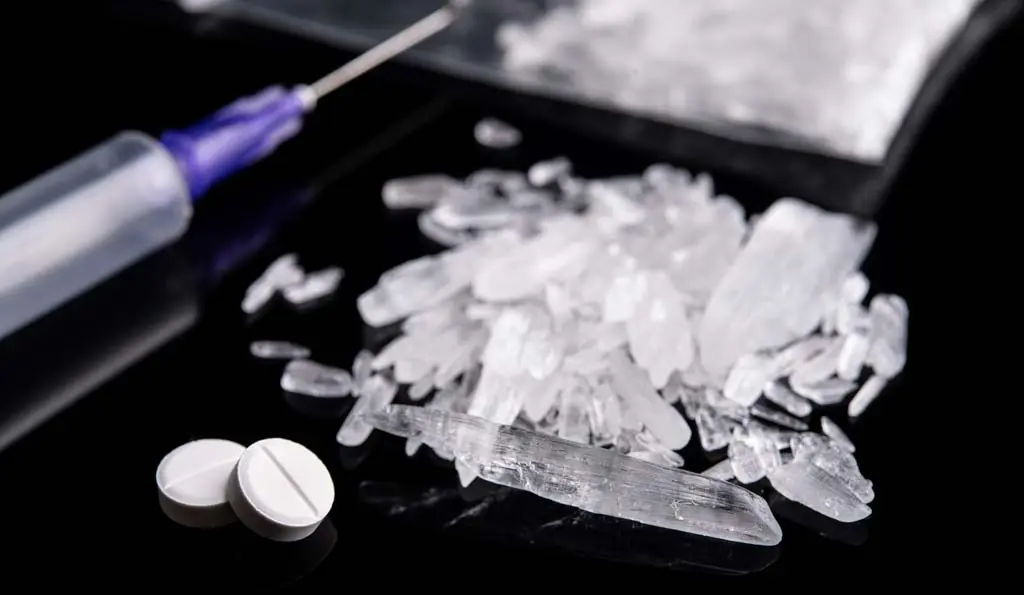
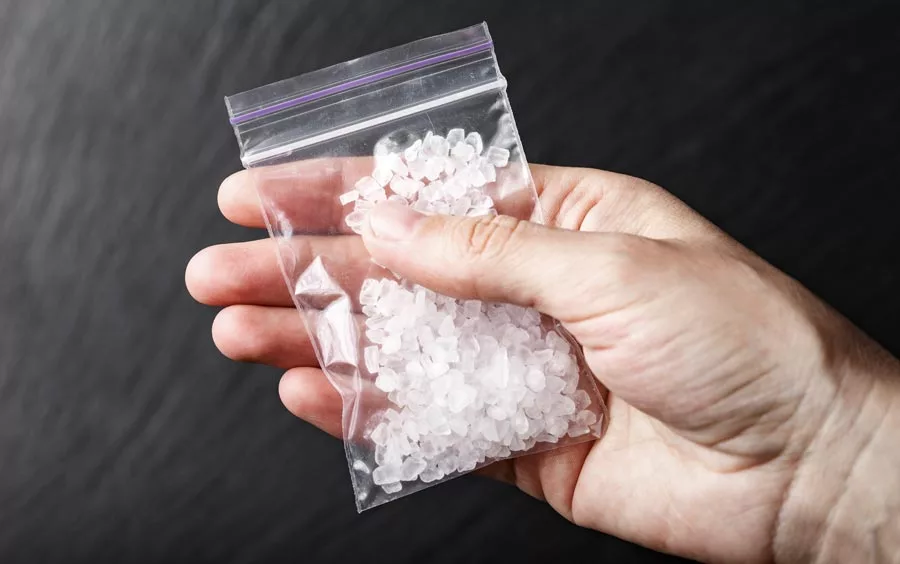

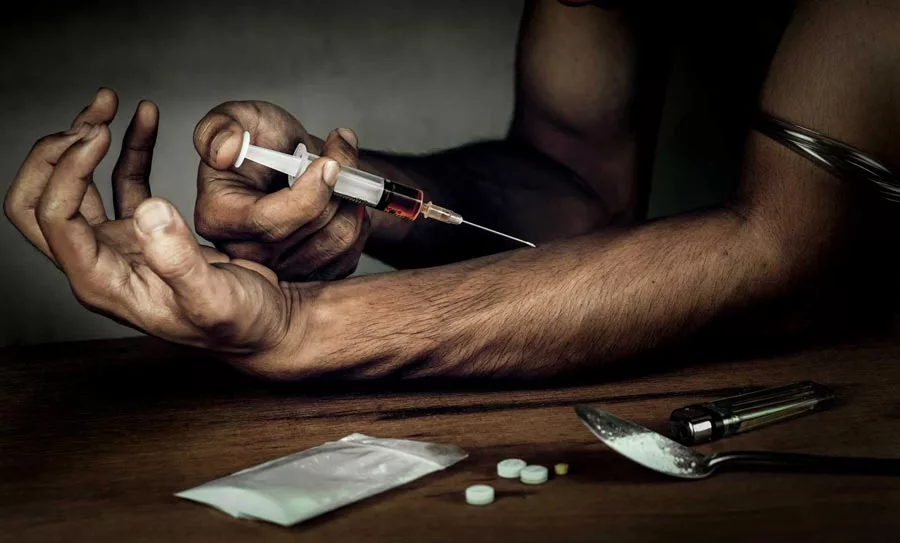

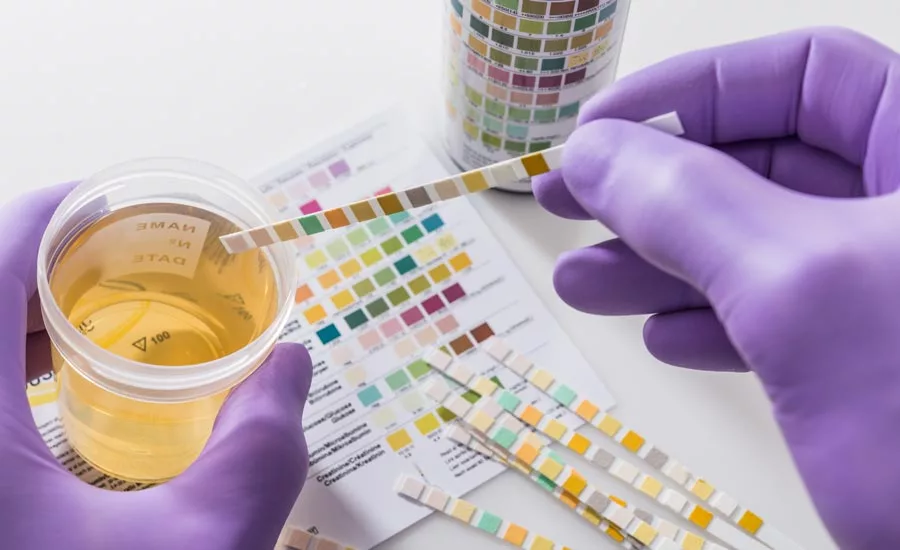

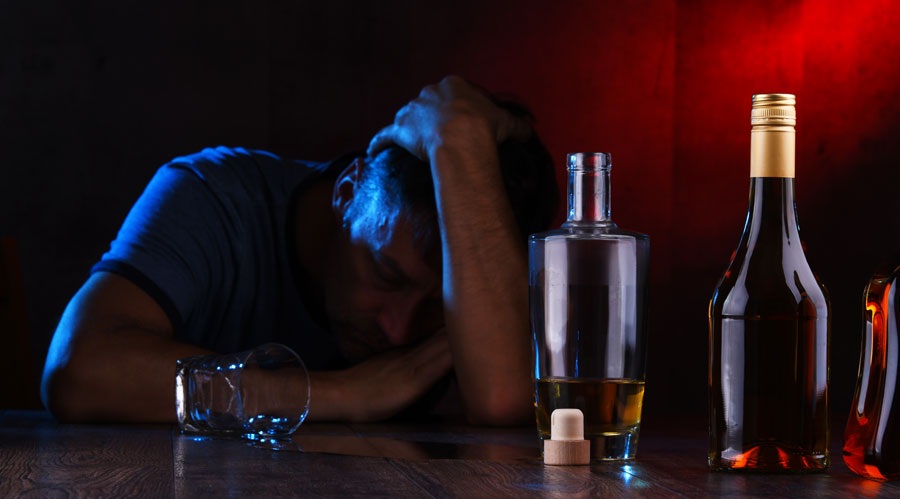



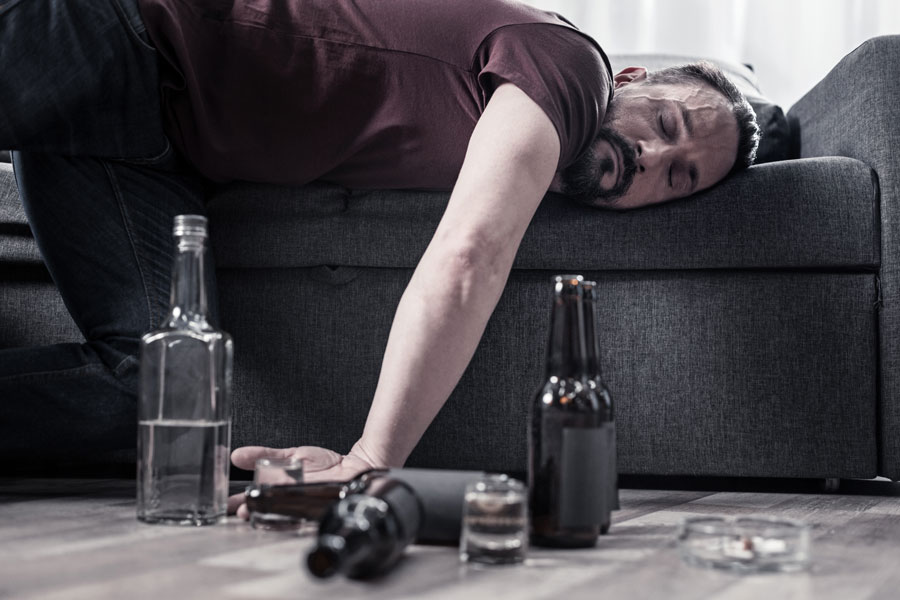
 It’s possible to create a plan for recovery and successfully refrain from drinking every day. However, once the situation reaches the level of developing mental and physical symptoms that are directly caused by alcohol use disorder, the goal should be to stop drinking completely.
It’s possible to create a plan for recovery and successfully refrain from drinking every day. However, once the situation reaches the level of developing mental and physical symptoms that are directly caused by alcohol use disorder, the goal should be to stop drinking completely.